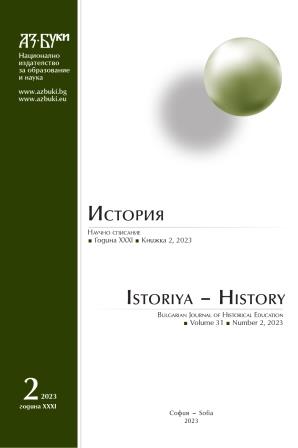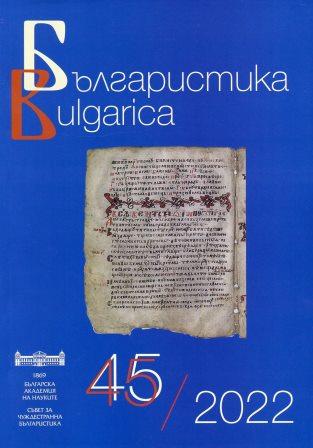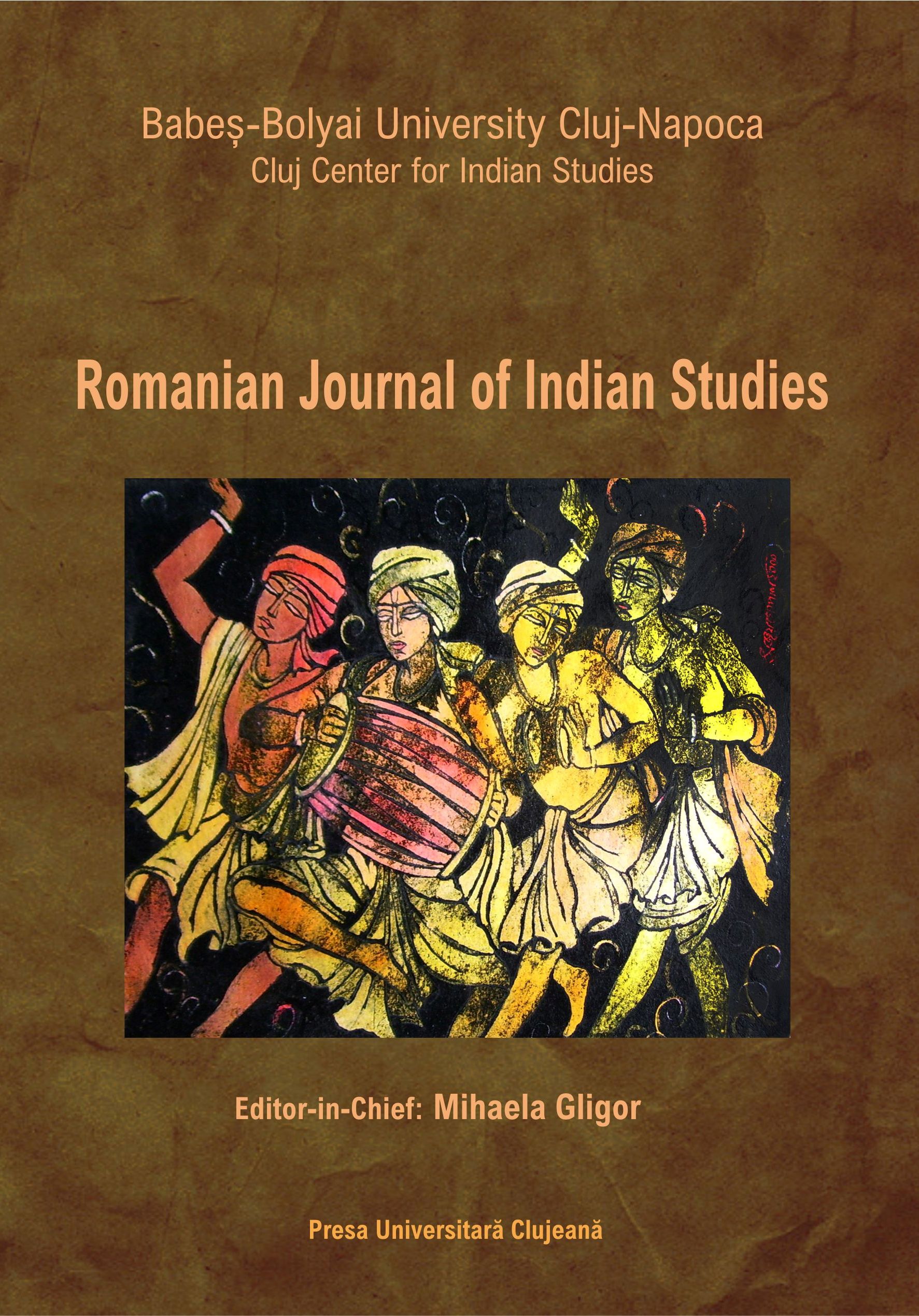
We kindly inform you that, as long as the subject affiliation of our 300.000+ articles is in progress, you might get unsufficient or no results on your third level or second level search. In this case, please broaden your search criteria.




Defended PhD theses in Bulgaria in the field of linguistics, literature, history, folklore, ethnography and art studies
More...






Defended PhD theses in Bulgaria in the field of linguistics, literature, history, folklore, ethnography and art studies.
More...







Review of: Mihaela Gligor & Lipi Ghosh (Eds.), Between Two Worlds: Romania and India. Essays on Expanding Borders through Culture, Cluj-Napoca: Cluj University Press / Presa Universitară Clujeană, 2023.
More...
Review of: Rajendra K. Jain (editor), Changing Indian Images of the European Union. Perception and Mispercetion, Palgrave MacMillan Singapore, 2019 Rajendra K. Jain (editor), India and the European Union in a Turbulent World, Palgrave McMillan Singapore, 2020
More...